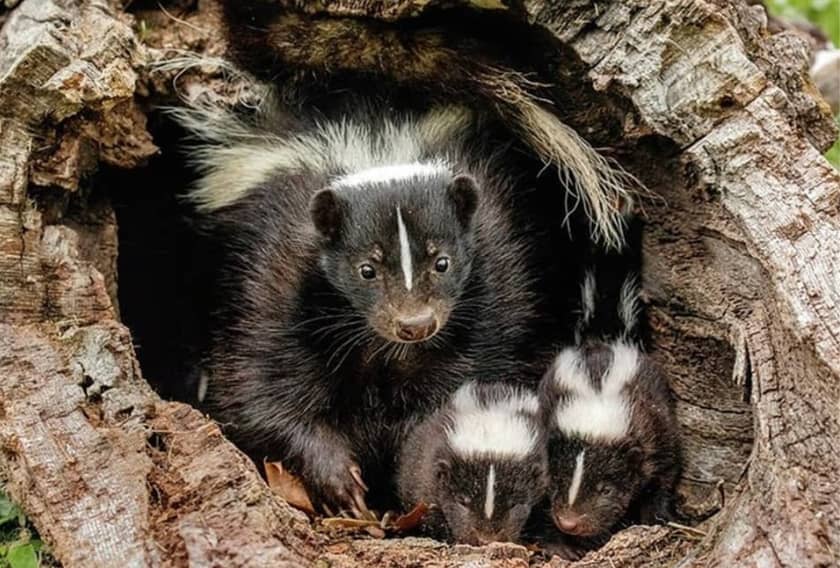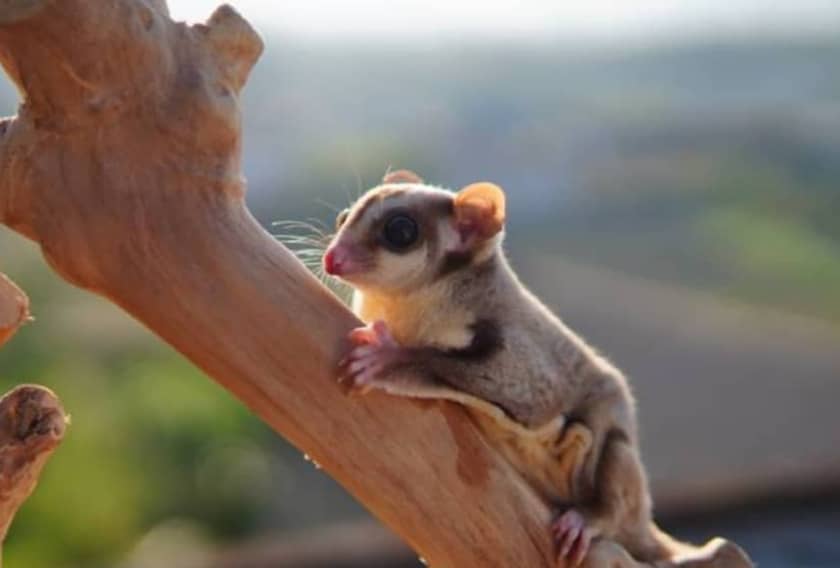Detailed research about the pros and cons of sugar gliders as pets will help you to make a better decision before making them your companion. Sugar gliders are such interesting animals that attract everyone to their petting. It would be best to judge both upsides and downsides before keeping them as pets.
Introduction
Sugar gliders are small marsupials having a unique ability to glide. These arboreal exotic pets can grasp branches firmly due to their opposable toes on each hind foot. To navigate toward their destination, sugar gliders can adjust the tension in their wings and utilize their long, bushy tail as a rudder.

Usually, this arboreal locomotion is employed for tree-to-tree transportation. Playful, inquisitive, and gregarious, sugar gliders form strong bonds with their humans as pets. But to keep them tame, they do need lots of room to run around in and frequent handling. Different types of sugar gliders have some differences in their fur color, eye color, and patterns on their body or tails. These can be Standard Gray, Leucistic, Black Beauty, Platinum, Albino, and many more.
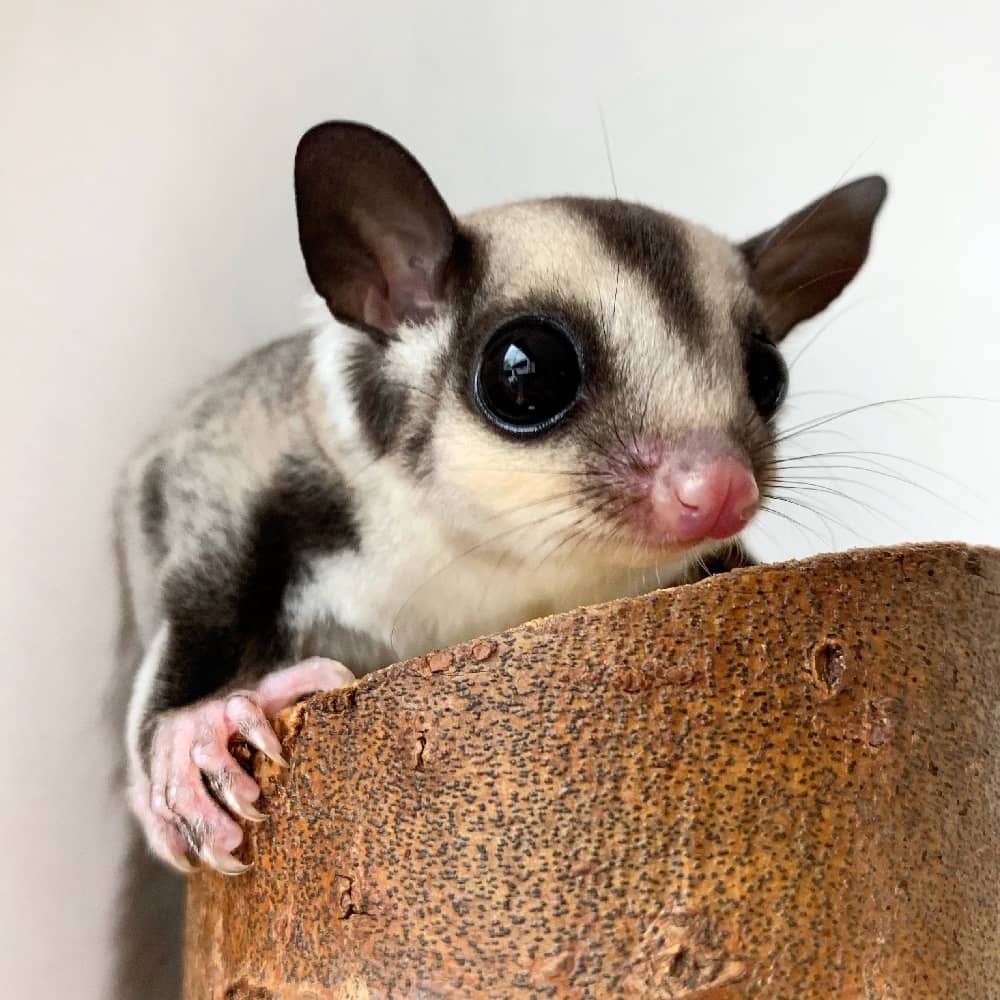
They need a specific diet and need proper care to live up to 15 years on average. You should make a significant effort to educate yourself about the species before acquiring one of these animals.
Pros and Cons of Owning Sugar Gliders as Pets
The advantages and disadvantages of keeping a sugar glider as a pet should be reviewed in depth before making it a part of your family.
Pros of Owning a Sugar Glider
These captivating creatures make excellent pets for the reasons listed below:
Social and Affectionate Animals:
Sugar gliders are very social and bond well with their owners. Once tamed, they love spending time with you and may grow quite affectionate. They adore peeking out from your shirt’s pocket and riding on your shoulder.
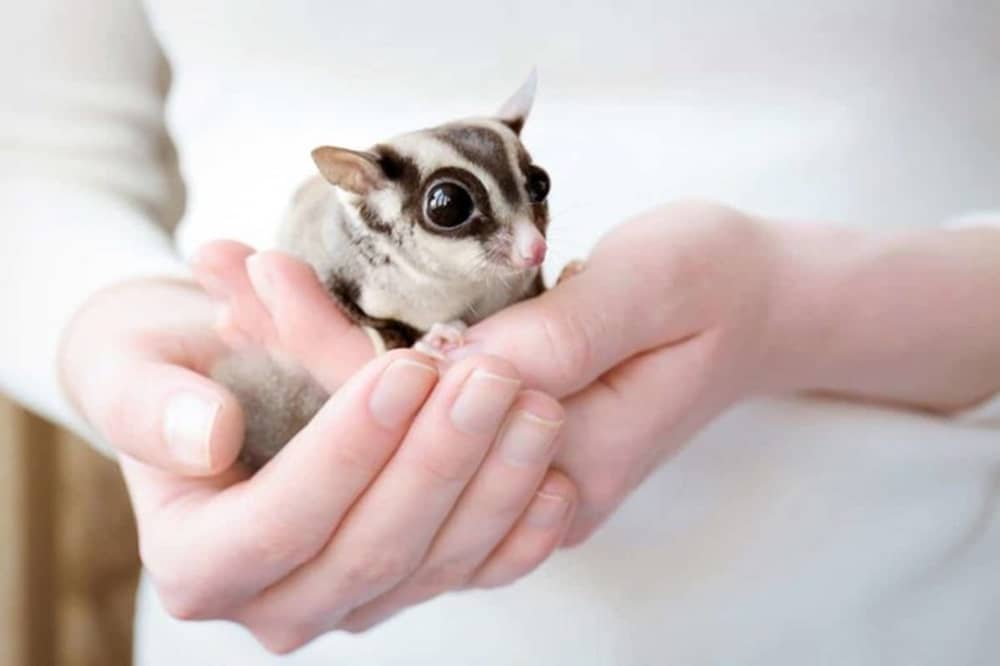
They Need Little Space and Come in Small Sizes:
Sugar gliders are small, so they will not need so much space in your home. A nice cage with plenty of vertical space for gliding and climbing can make your sugar glider more than happy.
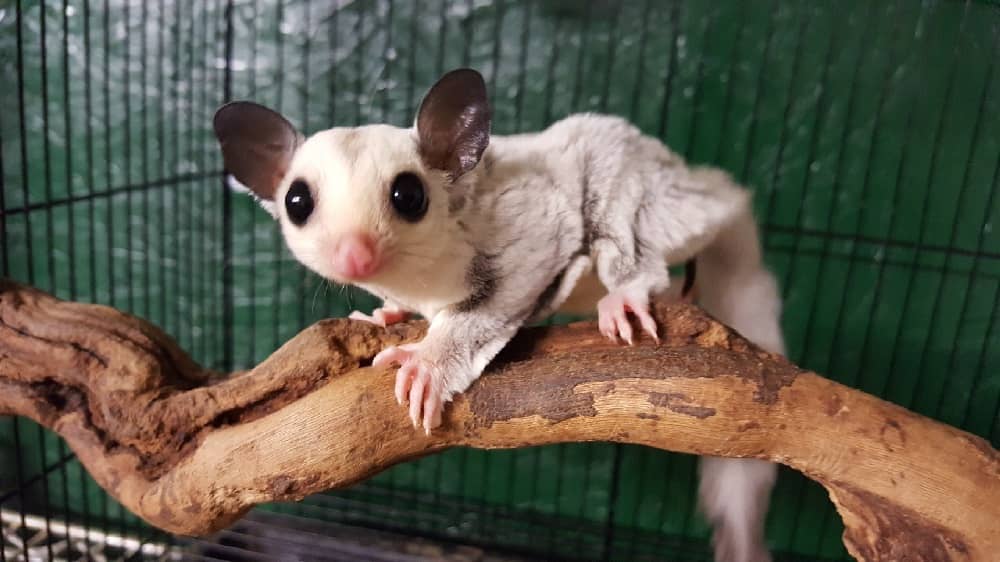
Unique and Exotic:
Sugar gliders are pretty exotic creatures, as they can glide. Observing the glider is exciting because it can travel a maximum distance of nearly 50 meters. Being an exotic pet, these creatures are quite remarkable only by these specs.
Long Life Expectancy:
Sugar gliders live for about 12 to 15 years in captivity if well-treated. This therefore offers a long-term commitment for those who would want pets for many years.
Low Odor and Naturally Clean:
Unlike some small mammals, sugar gliders do not have a strong smell if their cage is cleaned regularly. These are relatively clean animals and they do not require bathing.
Entertaining Behaviour:
Their gliding, climbing, and acrobatic behaviors are pleasurable to observe. They seem to be nocturnal and show playful, energetic behaviors quite frequently.
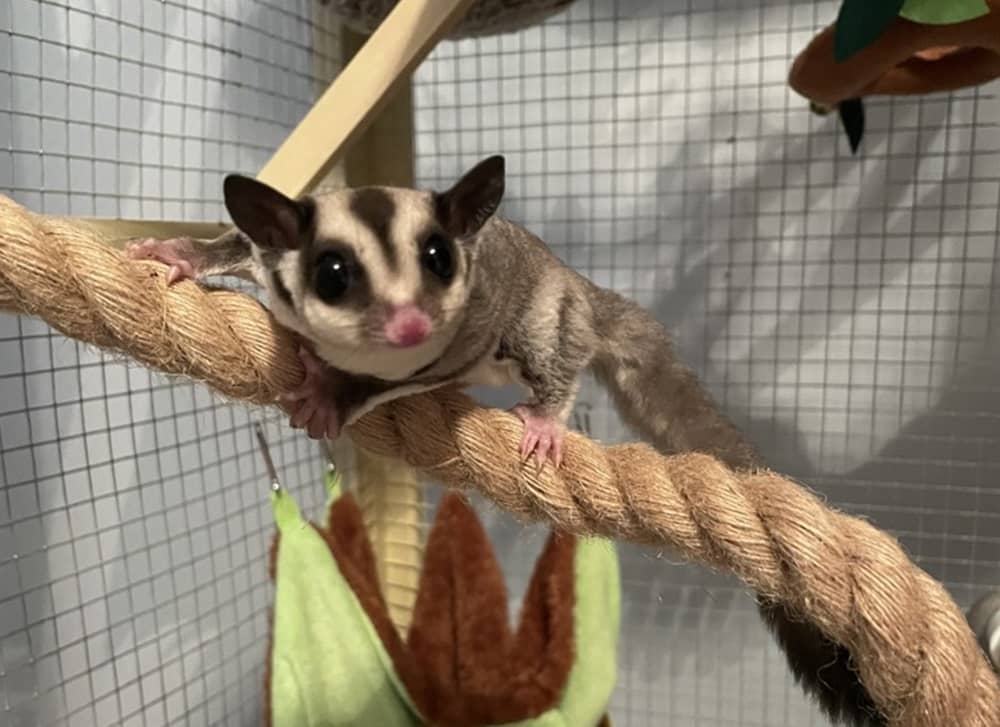
Easy to Feed (Once You Learn Their Diet):
While their diet may seem complicated at first glance, once you get to know their needs, they are pretty easy to feed. Fresh fruits and veggies combined with protein sources such as insects or even eggs can be fed to them.
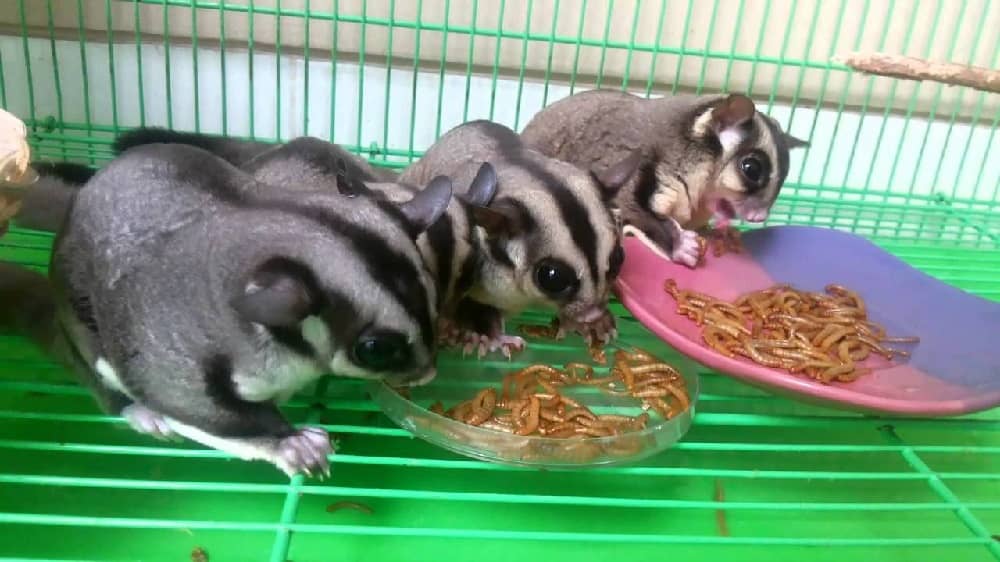
Low-maintenance Pets:
With the ease of handling, keeping, and feeding, sugar gliders top the list of low-maintenance pets. You set up its cage once and then it doesn’t require much daily assistance.
Cons of Owning a Sugar Glider as Pets:
Though sugar gliders are very fascinating creatures, still one needs to understand the challenges of rearing them as pets.
High Maintenance and Specialized Care:
Sugar gliders need very specific care; they call for a proper diet supplemented with food supplements and an appropriate environment. Their care can be more complicated as compared to traditional pets like cats or dogs.
Nocturnal Nature:
They are nocturnal, meaning they’ll become most active at night. This will be very problematic for someone who can not spare time for interaction, or even for those who have conflicting schedules with the activity cycle of the sugar glider.
Strong Bonding Needs:
Sugar gliders bonding with their owners makes them feel secure. This requires daily interaction, and in the absence of proper bonding, they develop stress or anxiety.
Potential Noises During the Night:
Since sugar gliders are nocturnal, they can be noisy, either playing or hopping around in their cage or making other types of noise, such as barking sounds. This could easily keep you awake if they are in or near your bedroom.
Not Ideal for Solo Pets:
Sugar gliders are social animals, so a single one is going to be lonely and depressed. They tend to be in pairs or tiny groups, which can then double or triple the cost and space.
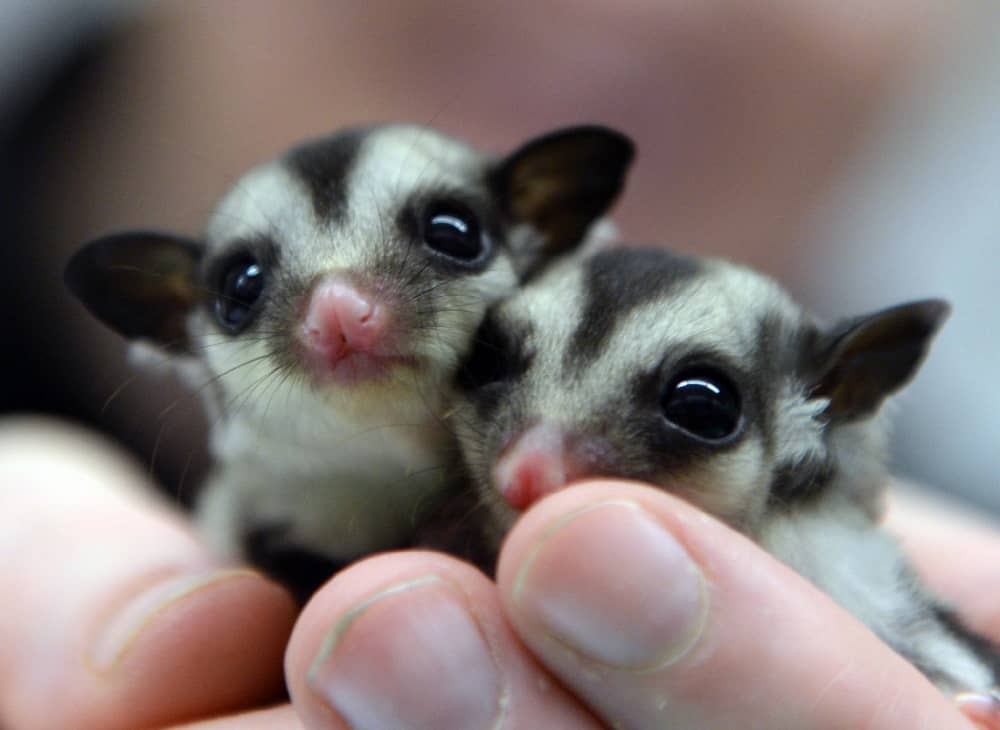
Exotic Vet Care:
One may need to search hard for a vet with experience in exotic pets, which could prove more expensive, too. The routine care and emergency visits may cost more compared to that of a more traditional pet.
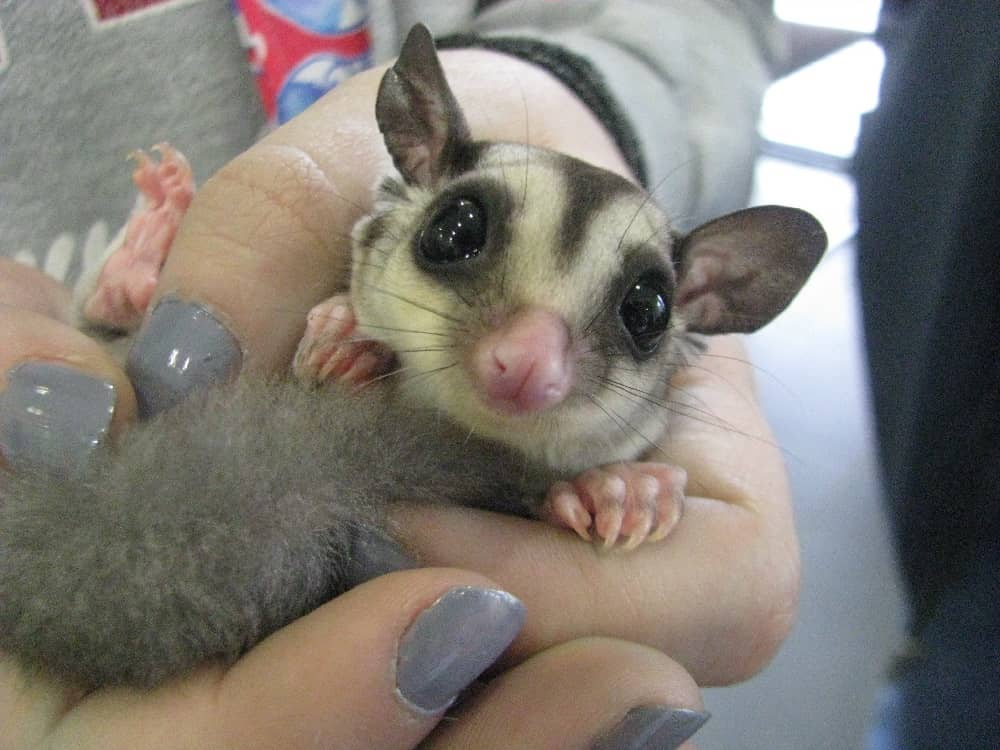
Specialized Diet:
Their diet is also way more complex than most small pets and requires a serious balance between fruits, vegetables, proteins, and supplements to avoid any nutritional deficiencies like calcium deficiency. It becomes quite challenging for an owner to provide fresh vegetables, fruits, or insects regularly with a hectic schedule.

Messy Pets:
Sugar gliders can be messy, from their food and their droppings. Therefore, it requires frequent cleaning of the cage to maintain hygiene and freshness.
Handling Requires Patience:
They are small and delicate, so handling them requires patience, gentleness, and time for them to get comfortable with you. Improper handling will stress or hurt the sugar glider.
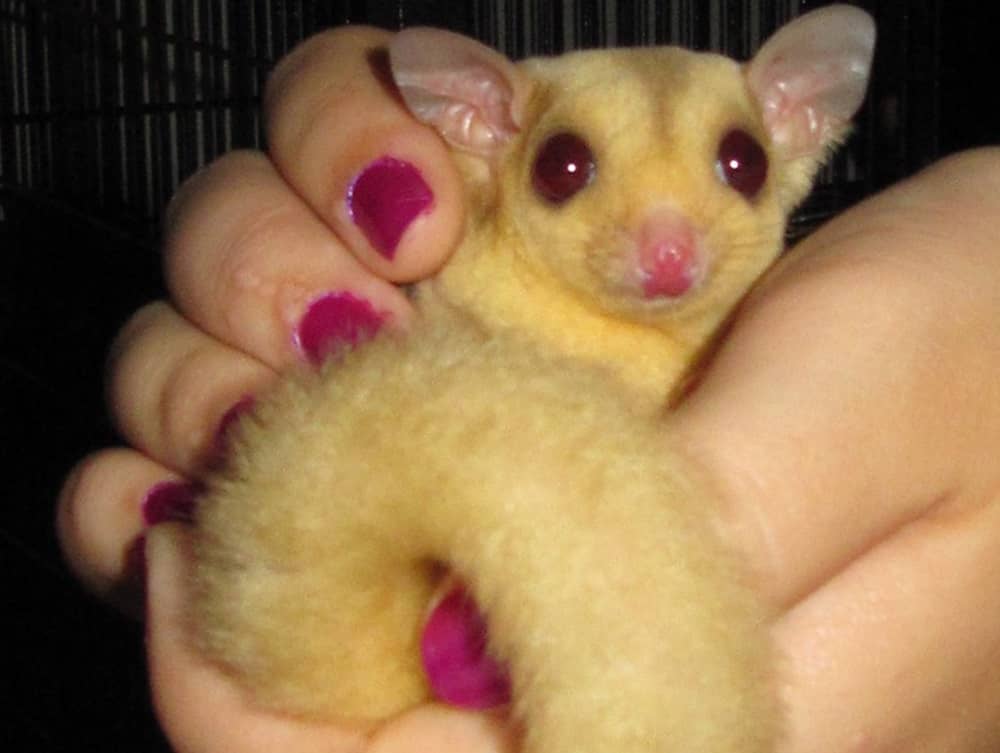
Legal Restrictions in Some Areas:
Sugar gliders are not legal in every place. Some states and countries have restrictions on the ownership of exotics, so you’ll need to check your local laws before considering one as a pet.
Frequently Asked Questions(FAQ)
Question1. Do sugar gliders make good pets for children?
Answer: They require a significant amount of care and attention. Sugar gliders make great pets for owners who provide them with proper care. Sugar gliders need gentle treatment and are not recommended for small kids.
Question2. Is it legal to own a sugar glider?
Answer: It depends on the state. Before getting a sugar glider, make sure to review the local regulations.
Question 3. Can sugar glider be litter-trained?
Answer: While they are unable to be litter-trained like cats, they frequently pick particular areas within the enclosure to dispose of their excrement.
Question 4. Do sugar gliders bite?
Answer: They can, especially if frightened or provoked, but proper socialization reduces this risk. A foreign scent or a human hand can be scary.
Question 5. How much do Sugar gliders cost?
Answer: Sugar gliders are expensive and you may have to spend around $150 to $1500 for an adult or a young one. You should keep a pair of Sugar gliders to keep them mentally and physically stimulated. Moreover, the upkeep cost of keeping sugar gliders can be on the higher side.
Conclusion
They are affectionate, unique, low-odor, entertaining, and long-lived. Sugar gliders make wonderful pets for those ready and willing to meet their needs.
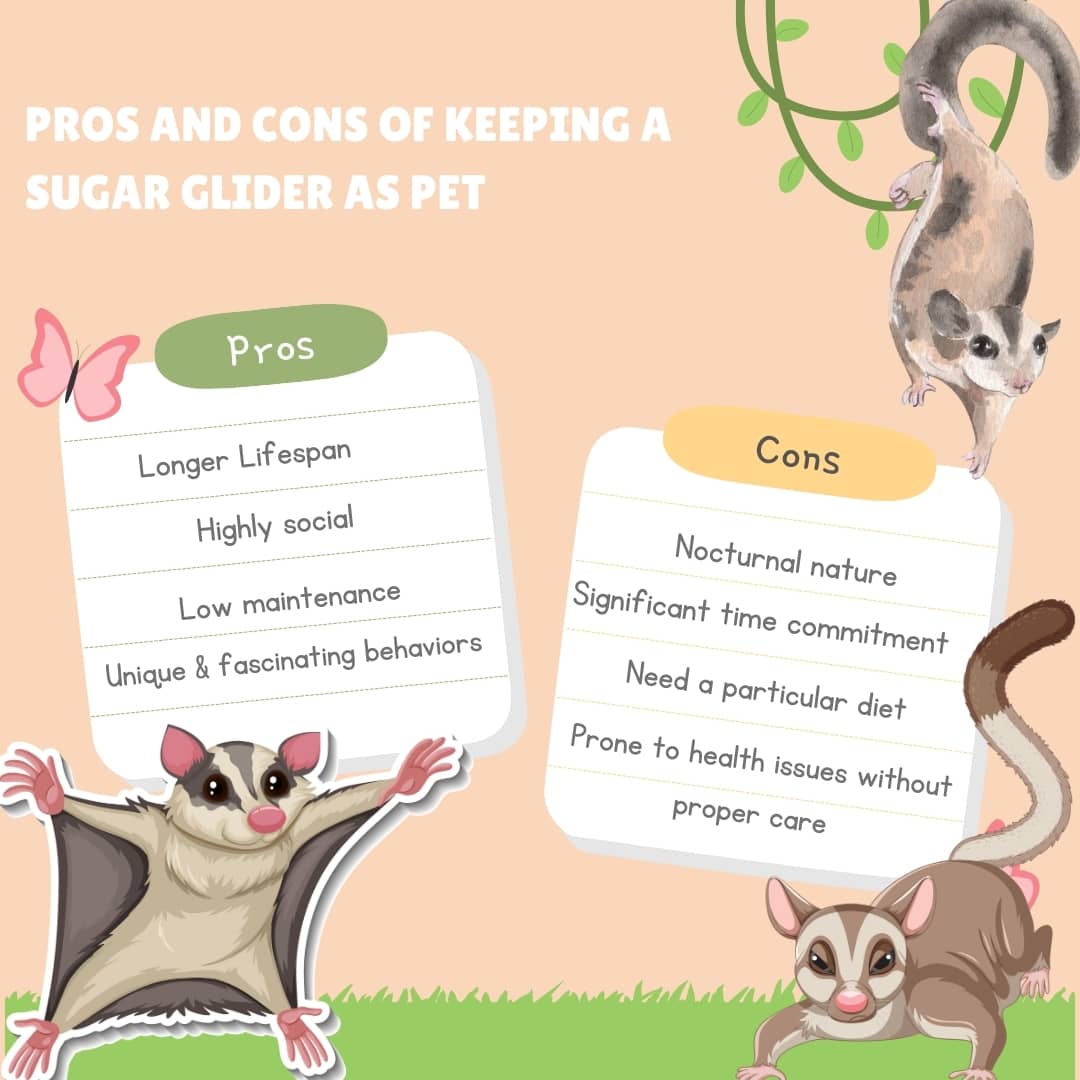
The cons of raising sugar gliders come in their nocturnal habits and specialized care, potential for noise, and social requirements. Thus, they are not the best choice of pet for beginners or any other owner who is looking for low-maintenance pets. You can check some authentic websites or join some forums to get more updated news related to sugar gliders.
Therefore, sugar gliders are not suitable for the experienced, dedicated owner who is willing to offer the time, space, and care that these fascinating little creatures require.

